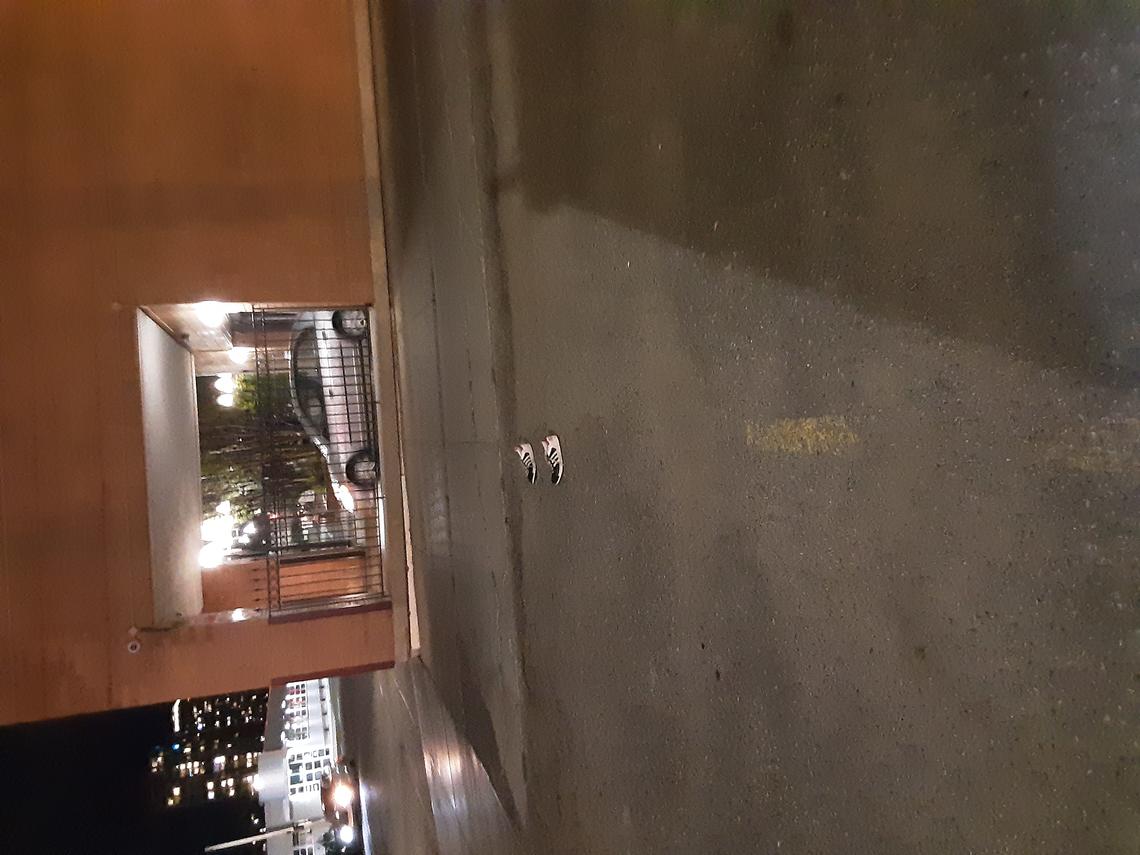Research aims to improve housing options for older adults
By Justina Contenti, Office of Advancement, University of Calgary.
Read the original article here.
This story is the last in a three-part series on how UCalgary researchers and the United Way are making progress in the areas of raising successful kids, building strong communities and overcoming poverty. Together, we can improve lives in our community. Contribute to UCalgary’s United Way campaign today.
Researchers at the University of Calgary are conducting a study that seeks to understand how to improve housing options for older adults with experiences of homelessness.
The Aging in the Right Place (AIRP) Partnership is a five-year project led by Simon Fraser University in partnership with investigators in Calgary and Montreal, including experts in the fields of social work, medicine and gerontology.
“Typically, the dialogue around aging in place features older adults who are housed, but this project specifically looks at vulnerable older adults who have a history of homelessness or housing insecurity, and how we can help them age in place,” says Dr. Christine Walsh, PhD, a professor in the Faculty of Social Work and a co-investigator and city lead for AIRP.
AIRP researchers are looking at aspects of the built and social environments in local shelters and evaluating innovative initiatives in place to support the people living there. In Calgary, Walsh says, the team recently finished research at the Kerby Shelter, which works with older adults fleeing violence or elder abuse.
“The Kerby Shelter supports older adults to make the transition from abusive situations into stable and secure settings,” says Walsh. “This not only includes providing temporary housing, but also helping them work through trauma.”
UCalgary researchers are moving on to examine the James House in Hillhurst, which features an art hive on site, and they will study how the shelter supports aging in place for its older residents and the role of the art hive in contributing to helping them develop a sense of inclusion and belonging in their community.

Aging in the Right Place Study participants were asked to comment on what it means to age in place through photographs and written captions. Aging in the Right Place Study - Participant 7
"A pair of shoes with nobody in them. So he either went running real fast or he's still standing there...Nothing, just the cars there. There's nobody walking, just like they were put there and somebody evaporated. And especially, when you see too, you know, they were obviously using them or some just in the middle of the sidewalk the way they were. And it's just weird... Yeah, just you're not really seen, right? Like you're not. People just walk by you and you're not, you're just, you're nothing. And when you get to a certain age, you know that." – Participant 7
“There are a few different trajectories into homelessness,” says Walsh. “Some people may have experienced it through their lifetime from as early as being a child involved in child welfare. Some older adults fall into homelessness for the first time when they lose a job or their partner, or experience violence or elder abuse later in life.”
The needs of older adults who have experienced homelessness are as diverse as the reasons for their housing insecurity. Access to stable accessible housing, appropriate medical services and social supports — including adequate pensions — are some of the key factors that allow people to securely age in place. Many older adults lack these.
“This is complex poverty and figuring out any solutions to poverty requires action on many levels,” says Walsh. “Poverty is a constellation of many different things, and overcoming stigma and fostering social inclusion is important for well-being, but so is having a sense of community and giving these adults a chance to contribute.”
Researchers are consulting with residents to learn from their lived experiences and find out what kinds of support diverse groups of people need, and when. Part of this research has included using a technique called “photovoice,” in which researchers ask residents to comment on what it means to age in place through photography and captions.
“Like many marginalized populations, older adults residing in shelters are often not actively involved in research aimed at developing practices and policies that shape their lives. They are pleased to be part of the process and often surprised that somebody cared to hear their ideas and opinions,” says Walsh.
Working with local advisory committees and organizations including the United Way of Calgary and Area, the Calgary Homeless Foundation, Carya and others, the investigators from B.C., Alberta and Quebec hope to be able to bridge the gap between research and practice to support older adults affected by poverty in our communities.
United Way tackles poverty in Calgary
According to the United Way, one in three Calgarians worry about having enough money for housing. For those living in poverty, opportunities build a good life aren’t equally available.
Through collaborative initiatives like Enough for All, the United Way is helping to ensure all Calgarians have the income and assets to thrive, and all populations have an equal opportunity to participate in our community. United Way partner agencies like the Calgary Drop-In Centre, Momentum and the Workers Resource Centre are striving to ensure people have access to food, affordable housing and employment opportunities.
Your donation to the United Way supports collaborative initiatives like Enough for All. Together, we can make a difference.
UCalgary’s 2021 United Way Campaign runs until Dec. 10. This year’s goal is to raise $625,000 to help improve lives and inspire social change.
Donate to UCalgary’s United Way campaign by logging in with your UCalgary email address.


F T I